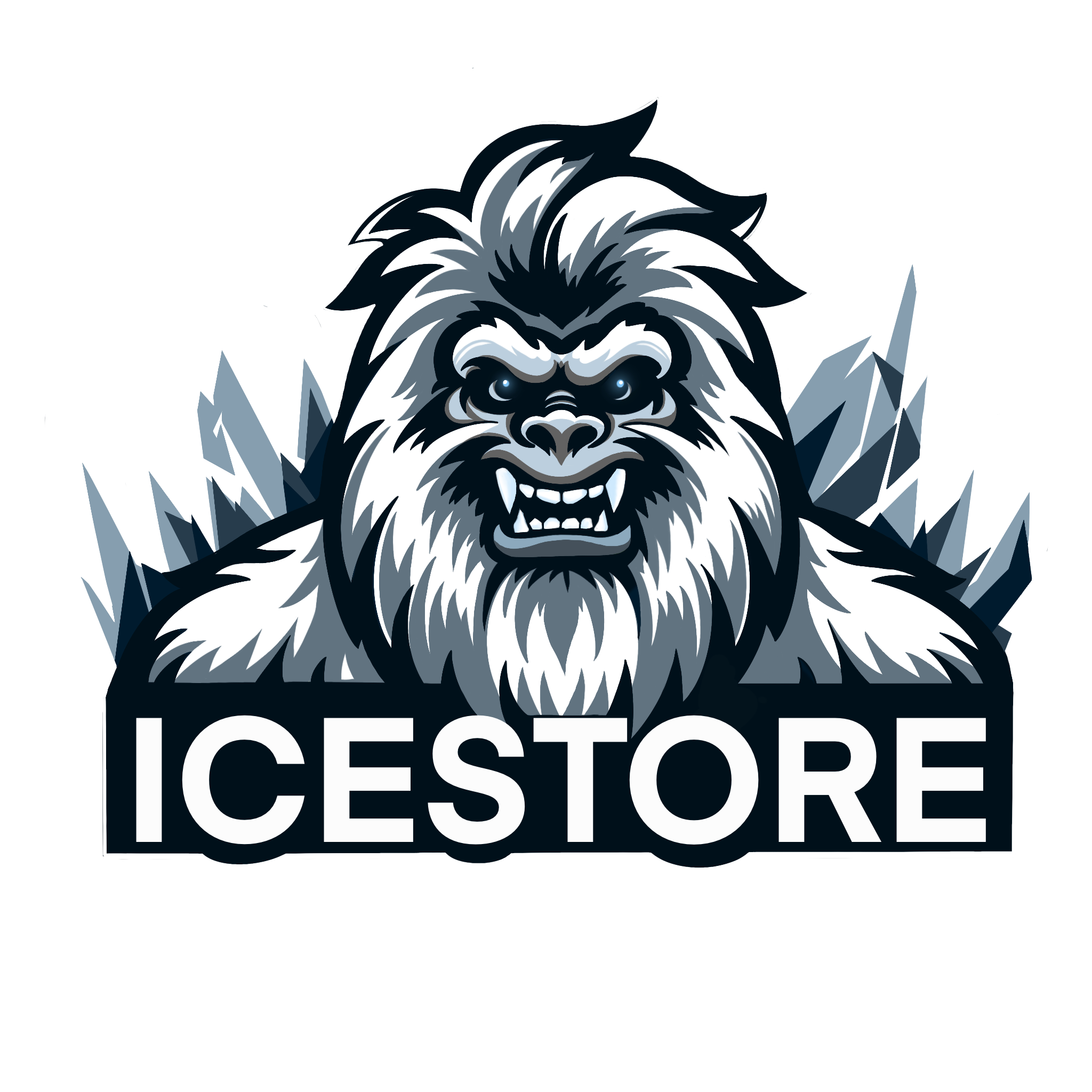In today’s fast-paced digital marketplace, customers don’t just shop — they experience brands across multiple touchpoints. Whether it’s your Shopify store, Instagram Shop, Amazon listing, or a pop-up event, consumers expect a seamless, consistent journey.
If your eCommerce business is still relying solely on a single sales channel, you’re missing out — not just on revenue, but on customer loyalty and long-term growth.
At IceStore Group, we’ve helped dozens of brands launch, optimize, and scale their Shopify and Shopify Plus stores across global markets, including the US and Europe. One of the most powerful — yet often overlooked — strategies we implement? Channel management.
Let’s break down why it’s essential and how you can leverage it to drive real business results.
What Is Channel Management — And Why Should Shopify Store Owners Care?
Channel management is the strategic coordination of all the platforms and partners through which your products are sold and marketed. This includes:
- Your primary Shopify store
- Online marketplaces (Amazon, Etsy, TikTok Shop)
- Social commerce (Instagram, Facebook Shops)
- Third-party distributors and resellers
- Physical retail or pop-up locations
According to Aberdeen Group, businesses with strong omnichannel strategies achieve nearly 3x higher annual revenue growth than those without. And with 73% of shoppers using multiple channels before making a purchase, the message is clear: meet your customers where they are — or risk losing them.
For Shopify entrepreneurs, this means going beyond just building a beautiful store. It’s about creating a scalable, integrated, and automated ecosystem that works across channels without sacrificing brand consistency or customer experience.
The Two Pillars of Sales Channels: Direct vs. Indirect
To build a successful strategy, you need to understand the two main types of sales channels:
1. Direct Channels
You own and control them completely:
- Your Shopify store (with custom design and development)
- Brick-and-mortar stores
- Direct sales teams (common in B2B)
✅ Pros: Full control over branding, pricing, customer data, and user experience.
✅ Ideal for: Brands focused on building long-term customer relationships and loyalty.
2. Indirect Channels
You sell through intermediaries:
- Marketplaces (Amazon, eBay, Walmart)
- Wholesalers & distributors
- Affiliate or reseller networks
✅ Pros: Faster market reach, lower customer acquisition costs, built-in traffic.
⚠️ Challenge: Less control over pricing, branding, and post-purchase experience.
The key? Balance. Use indirect channels to expand your reach, and direct channels to build trust and lifetime value.
4 Steps to Launch an Effective Channel Management Strategy
To build a successful multichannel sales approach, you need a clear, structured plan. Here are four essential steps that form the foundation of any high-performing channel management strategy — from goal setting to continuous optimization.
1. Set Clear and Measurable Goals
The first step is defining exactly what you want to achieve by selling through multiple channels. Without clear objectives, even the most advanced technical setup won’t deliver meaningful results.
Use the SMART framework (Specific, Measurable, Achievable, Relevant, Time-bound) to set actionable goals. For example:
- Increase revenue from indirect channels by 15% within 8 months
- Launch on Amazon.de and enter the German market within 6 months
- Reduce customer acquisition cost (CAC) by 20% through social commerce
Also, define your key performance indicators (KPIs): total sales volume, channel contribution to revenue, conversion rates, customer satisfaction (CSAT), and market reach. These metrics will help you track progress and make data-driven decisions.
2. Identify the Right Sales Channels
Not every channel is right for every business. Your choice should be based on:
- Your target audience’s shopping behavior
- Geographic focus (e.g., US, EU markets)
- Product type (e.g., premium products often perform better on direct channels)
- Available resources (time, budget, team capacity)
Consider the following options:
- Your Shopify store — your core asset, where you have full control over branding, UX, and customer data
- Physical locations or pop-up shops — ideal for brands with strong visual identity or experiential offerings
- Online marketplaces (Amazon, Etsy, Walmart, TikTok Shop) — offer instant access to large audiences but come with platform fees and rules
- Social commerce (Instagram, Facebook Shops) — perfect for visual products and younger demographics
- Third-party distributors and resellers — great for B2B models and scaling without increasing marketing spend
At IceStore Group, we conduct in-depth market and audience analysis to help you select the optimal mix of channels — fully integrated with your Shopify or Shopify Plus store.
3. Develop Channel-Specific Strategies
An omnichannel strategy isn’t about copying the same content across platforms. Each channel requires a tailored approach.
For example:
- On Amazon, success depends on product listing quality, Prime eligibility, and review ratings
- On Instagram, high-impact visuals, shoppable tags, and influencer collaborations drive results
- On your Shopify store, focus on personalization, email marketing, and loyalty programs
- For distributors, provide brand guidelines, training materials, performance tracking, and ongoing support
You also need to plan logistics and integration. We help clients set up centralized inventory management (inventory sync) to prevent overselling and streamline operations across all platforms.
4. Measure and Optimize Performance
Channel management is not a one-time project — it’s an ongoing process of analysis and improvement.
Regularly track key metrics such as:
- Revenue per channel
- Conversion rates and average order value (AOV)
- Return rates and customer satisfaction
- Reach and engagement (CTR, engagement rate)
Use CRM systems or dedicated channel management tools to automate reporting.
With accurate data, you can:
- Scale investment in high-performing channels
- Optimize or discontinue underperforming ones
- Personalize communication with customers and partners
Why IceStoreGroup Is Your Trusted Shopify Partner
We specialize in building Shopify and Shopify Plus stores, custom development, and integrating advanced automation solutions for sales.
Our clients receive:
- Custom solutions tailored to specific goals
- Flexible approach and fast implementation
- Full support from store creation to scaling
- Deep expertise in Shopify and Shopify Plus
Let’s build something great together
📧 Email: info@icestoregroup.com
🌐 Website: https://icestoregroup.com
📱 Telegram: https://t.me/icestoregroupshopify
🔔 Follow our Telegram channel: https://t.me/icestoregroup
🔥 7-Day Free Trial 🔥
Experience IceStoreLab in action:
✅ Daily reports via Telegram and Email
✅ Competitor change history
✅ AI recommendations and visual reports
See for yourself how data turns into actionable decisions.
👉 Start your free trial now

